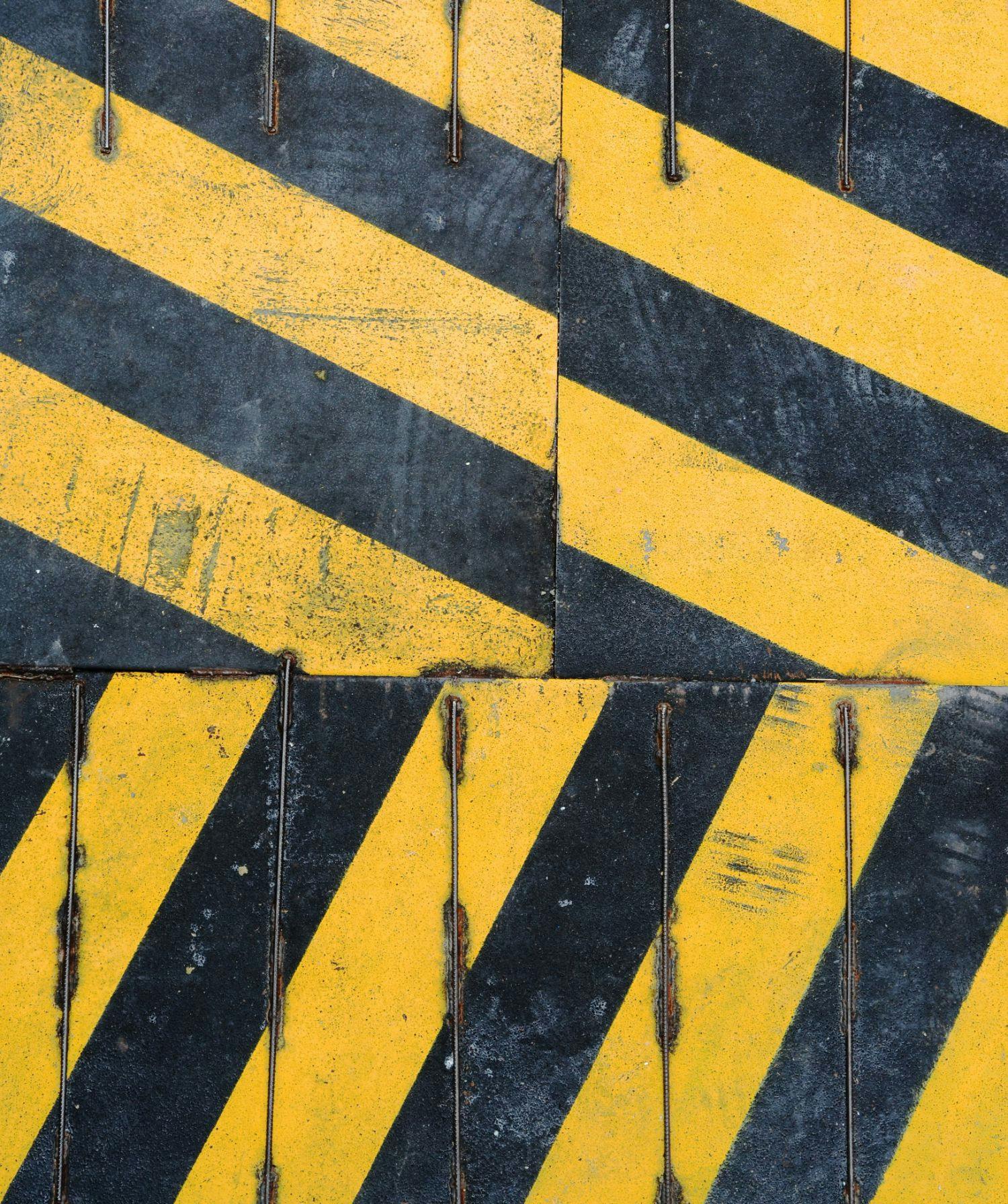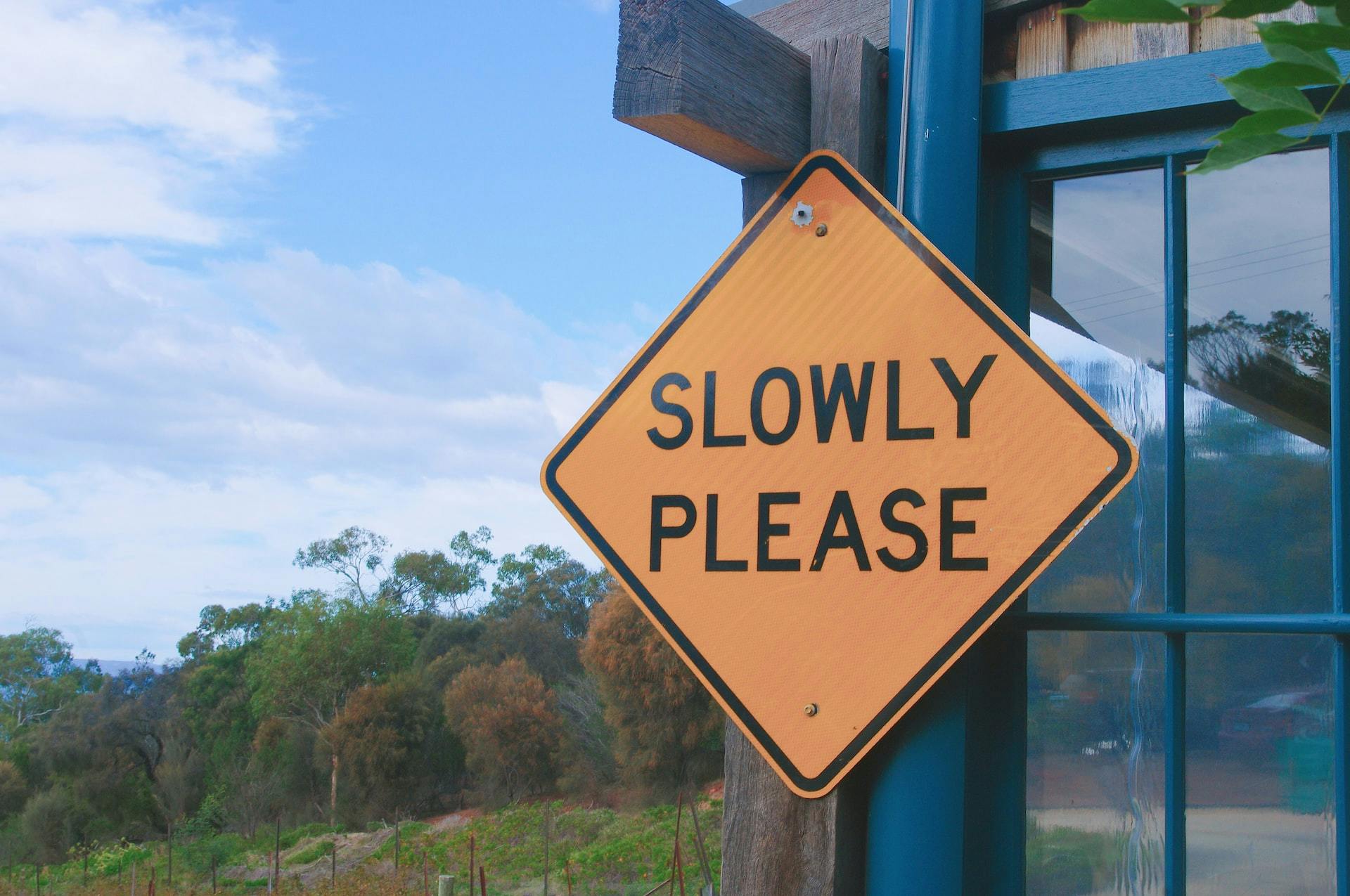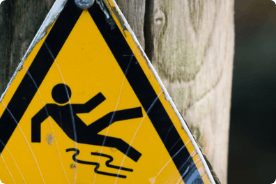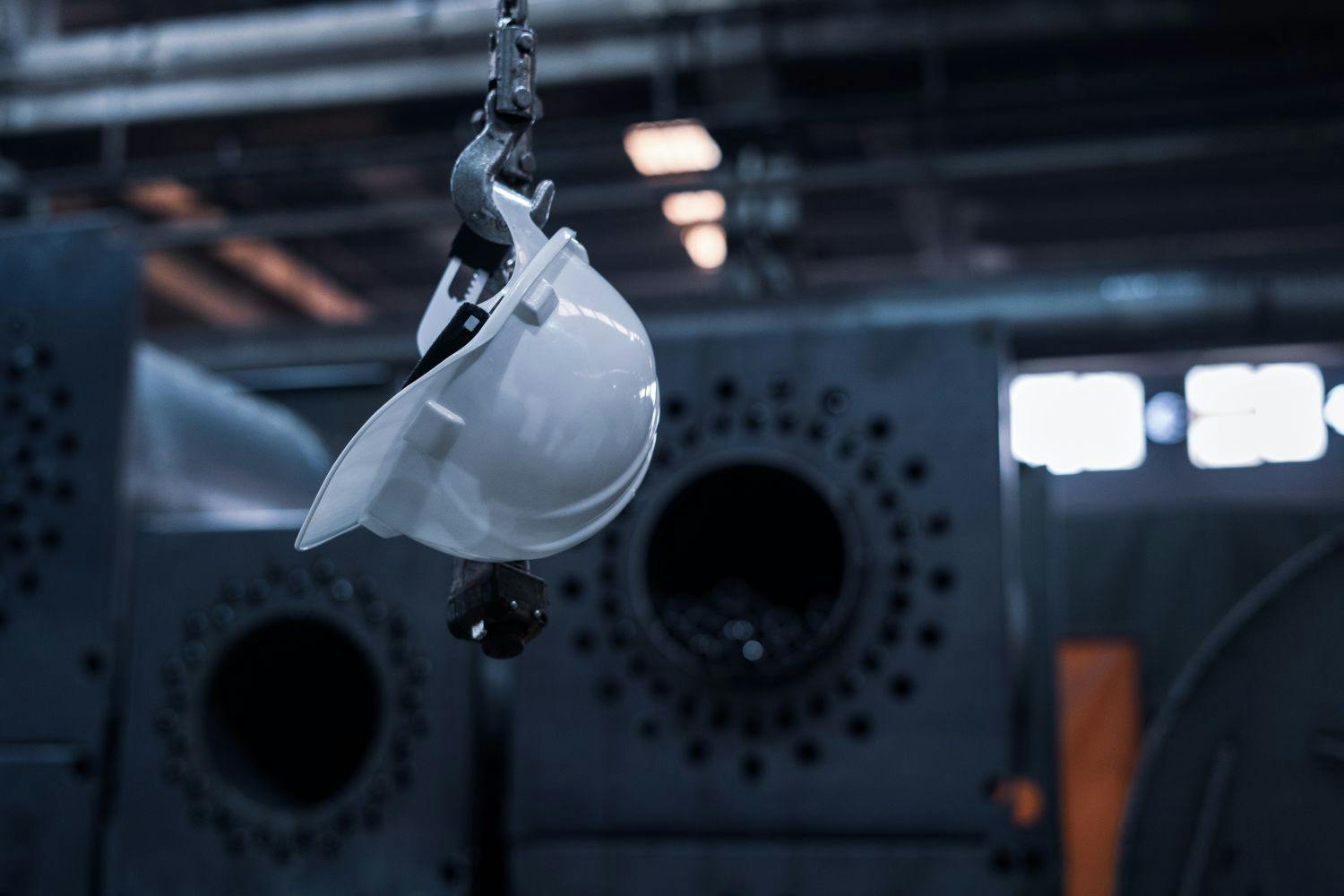First published on Thursday, Jun 04, 2020
Last updated on Wednesday, Feb 01, 2023
Within most small to medium-sized businesses, the responsibility of health & safety management is usually coordinated in-house and this might be by the HR manager.
Yet the reality is it’s the responsibility of every employee within an organisation. That’s a fact outlined in the Health & Safety at Work Act (1974).
The reason is because workplace health hazards are essential to monitor. For the wellbeing of your staff, you should look to establish a policy that promotes risk awareness and care.
If you need immediate help with any hazards, get in touch with our health & safety advice service.
Understanding common workplace hazards
Okay, first of all what constitutes a hazard in the workplace? It’s anything at work that may become a potential source of harm, or adverse effect, on a person’s health and wellbeing.
It’s good business practice to categorise them into six groups as there are different types of hazards in the workplace:
- Safety: General responsibilities around work—maintaining the safety of the working environment to ensure employees nobody is (employees and non-employees) injured.
- Social factors: These issues relate to an adverse effect on a staff member’s mental health or overall wellbeing.
- Working conditions (ergonomic): The effects on the human body, for example your workstations in an office.
- Physical: Environmental factors that pose a threat to your employees.
- Chemical: Dangerous substances that can cause health issues.
- Biological: This includes the likes of bacteria, viruses, or any animals.
An example of hazards in workplace environments includes:
- A rat infestation in your office.
- A chemical spill that can cause corrosion or explosions.
- Physical hazards such as a noise pollution or heights.
- Inadequate workstations in your office that causes musculoskeletal damage.
- The act of harassing someone or causing violence.
- Leaving electrical wires exposed or damaged carpet unrepaired, which could result in a trip.
So, of course, there are risks associated with hazards. But it’s important to differentiate between these two terms.
You should be wary of the difference between hazard and risk in the workplace. The former causes harm, whilst the latter involves the potential for the hazard occurring.
So, keep that in mind for when you’re looking at ways to make your organisation safer.
How to identify workplace health hazards
What you should be looking to do is limit risks in the workplace. It’s the duty of the HR employer to develop a clear health & safety policy to outline what people’s responsibilities are regarding common danger identification.
When you can spot potential hazards in the workplace, then you can establish a process that ensures you can monitor them across your business.
This should clarify the best way to report hazards centrally. Organisations often use paper-based systems with forms and a box to post them in, or an electronic form via email or intranet.
HR managers also need to encourage employees to be vigilant about identifying workplace hazards. They should be mindful enough to spot any potential issues within the environment.
To achieve this effectively, you need to engage with your managers and staff so they can look into their work areas.
This means carrying out regular inspections that’ll help to prevent injuries and illnesses.
HR H&S should encourage critical examination of all aspects of your organisation. These inspections identify and record hazards that you should address and correct.
Workplace inspections
A thorough inspection should include the following details:
- Listen to the concerns of workers and supervisors.
- Gain further understanding of jobs and tasks.
- Identifying existing and potential hazards.
- Determine underlying causes of hazards.
- Monitor hazard controls (personal protective equipment, engineering controls, policies, procedures).
- Recommend corrective action.
Workplace risk assessments
Whenever you identify a hazard, you must either remove the risk completely or minimise the adverse effect where possible.
This process is a risk assessment. These help to eliminate, or put in place, control measures to minimise the risk associated with the hazard.
The Health & Safety Executive (HSE) advises employers to follow five steps when carrying out a workplace risk assessment:
- Identify the common hazards in the working environment.
- Establish which employees / areas are at risk of harm, and the nature of risk.
- Assess the risks and take action (i.e. how likely is the hazard to cause harm on a scale of 1—5, and taking action accordingly).
- Record findings. If you employ five or more people you must record in writing the main findings of the risk assessment. As an HR representative, you should be advising people this is a working document where people can easily access the information.
- Review risk assessments regularly to ensure your business-wide practices are in good working order. New safety hazards in the workplace can spring up all the time, so it’s important to monitor them.
Need our help?
Wondering how to deal with the hazards that are in your workplace? Or how to conduct a risk assessment? Get in touch and we’ll talk you through the process: 0800 783 2806.
Have a question?
Ask away, we’ve got lightning fast answers for UK business owners and employers powered by qualified experts.








